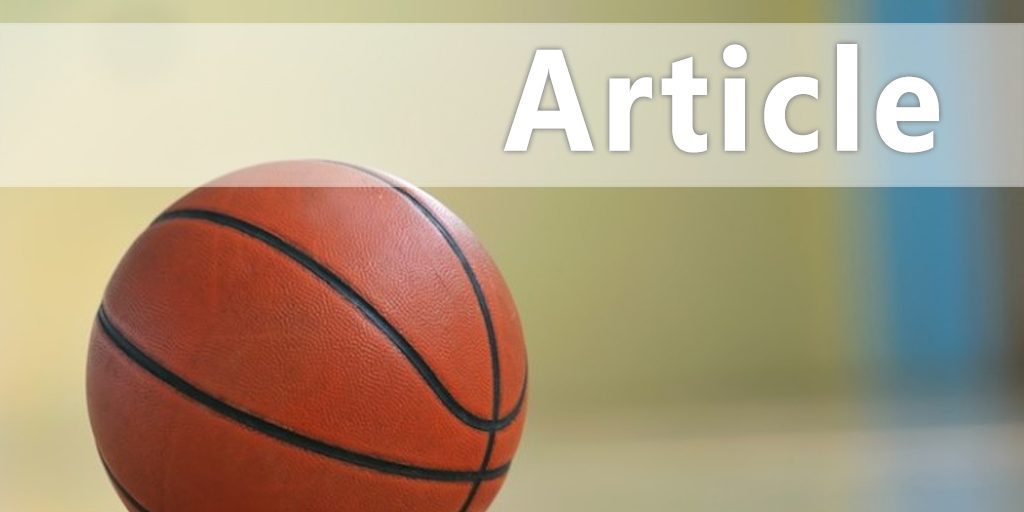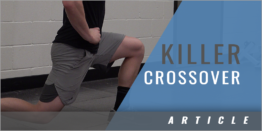| How to Prevent Common Basketball Injuries |
| By: Courtney Campbell
Provided by: STACK COMMON BASKETBALL INJURIES Ankle injuries Over 40 percent of basketball related injuries occur at the ankle/foot, making it the most common of all basketball injuries. The majority are ankle sprains, which occur when decreasing speed, changing direction or landing after a jump, where the ankle usually rolls in and damages the outside part the ankle. Prevention: To stop ankle sprains from occurring, strengthen your ankles and hips with?exercises that improve your ankles' ability to take force while landing and changing directions. In addition to ankle strengthening exercises, single leg balance exercises teach stabilization and increase your body's ability to know where it is in space. Finally, work on increasing power in your hips, because when you land or change directions, your hips take a significant impact. If they cannot sustain the impact, more force is concentrated on your ankles. Since the ankles are relatively weak compared to the hips, the impact can cause you to roll or sprain your ankle. Knee injuries Knees are the second most commonly injured body part, mainly on account of ligament sprains and tears. The most frequent ligament tear is the ACL. Prevention: As with the ankle, lack of hip strength and body control are the main culprits causing tears. ACL injuries occur when the knee buckles in while landing or from contact. The hip control the knee, so strong hips can limit knee buckling. Many people who experience ACL injuries are quad dominant, meaning their quadriceps are excessively stronger than their hamstrings. A good rule is to perform more hip exercises (Hip Bridges, Deadlifts) than knee exercises (Squats, Lunges) to insure a proper hamstring to quadriceps strength ratio. For more information on the ACL please see the STACK ACL Guide. Above the neck injuries The head, face, neck and eyes are the third most common areas for basketball-related injuries. These range from minor cuts and bruises to serious concussions. Prevention: Bruises, cuts and scrapes usually occur as a result of hard, aggressive play. If you are concerned with eye injuries, wear proper preventative eyewear. To guard against concussions and neck injuries, perform neck-strengthening exercises. Arm, hand, thigh and hip injuries These areas tend to be susceptible to bruises and to muscle and tendon strains. Bruises are usually due to accidental contact. Muscle strains are usually caused by weak or tired muscles. Prevention: You can prevent bruises by wearing the proper sports undergarments. Limiting muscle strains requires building muscle strength, since strains and sprains most often occur when muscles are tired and you are trying to decelerate (slow down). Proper training allows the body to sustain the force required to decelerate. |






